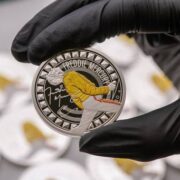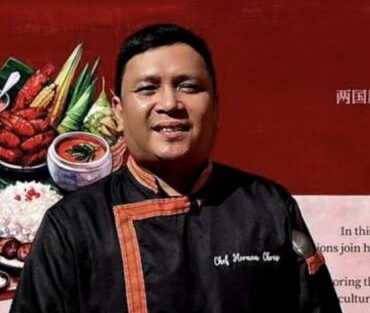How they celebrate Chinese New Year

We asked people to tell us their Lunar New Year secrets. What are their traditions? Who do they celebrate with? What do they eat?
Celebrating with my mom and the whole family. It has been a tradition year in, year out. We have dinner at the house together. The whole clan is required to wear red for prosperity. There are certain foods that are required to be on the table like fish (signifies smooth sailing), asparagus (for growth), noodles (for longevity), radish cake (for a good start), and tikoy (so the bond is stronger).
Moving also to a new house to celebrate a new and bright beginning.
—Steven Tan, SM Supermalls president
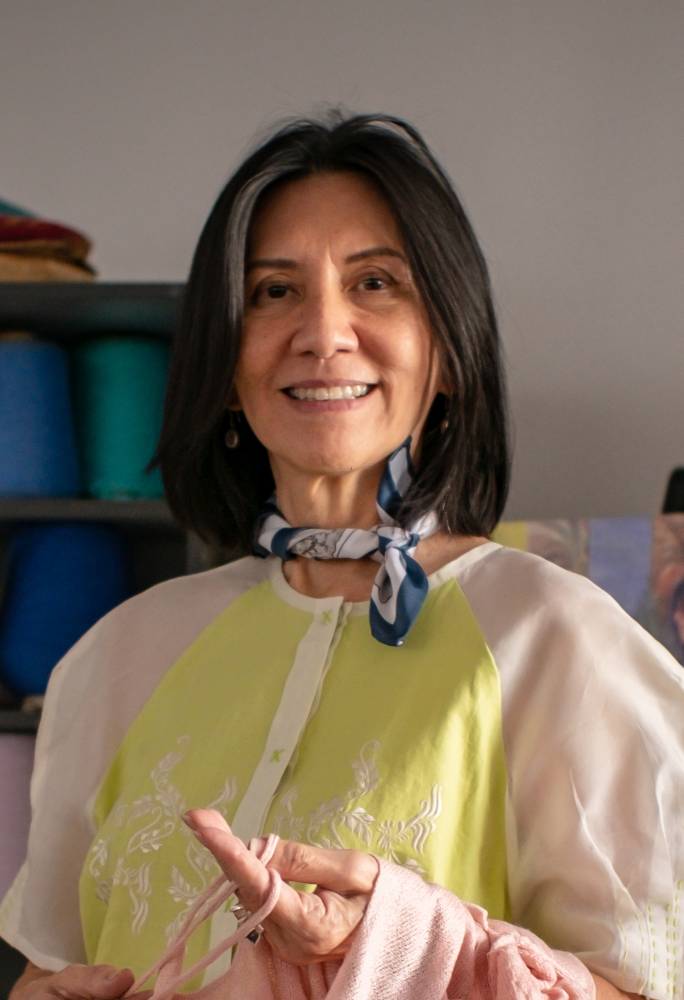
My celebration is three-in-one: Happy New Year, Chinese New Year, birthday. Valentine’s pa. My birthday falls between Chinese New Year and Valentine’s Day. Just Peking duck luncheon with friends I am fond of.
—Lulu Tan Gan, Tan-Gan creative director

This is an interesting topic because Chinese New Year (CNY) is celebrated differently across regions. In the past, we would clean the house, put up couplets and the “Fu” character, buy new clothes, and get a new hairstyle or haircut before CNY. Then, families would gather for the Chinese New Year’s Eve dinner, which included many traditional dishes like niangao, lachang, etc. Dumplings were one of the key dishes for us, and we would also watch the CNY Gala on TV. Afterwards, the elders would give New Year’s money to the younger generations. On New Year’s Day, we would usually visit relatives and friends to offer New Year greetings.
That’s how we celebrated before. However, nowadays, it has become much simpler, and the culture is being diluted due to technology and the rise of more entertainment options.
And it might sound disappointing, but most probably I’ll “celebrate” with my sewing machine and mannequin, because right now I’m working on a collection and the deadline is fast approaching. —Carla Zhang, Le Ngok creative director

We usually go out for a Chinese New Year’s lunch with our boys, Joaquin and Diego. And, of course, we are all dressed in red! Fish and dumplings are a must. At home, our dining table is heaped with mandarins, because they symbolize abundance. —Karen Kua-Lerma, Salcedo Auctions president

It’s all about starting the year full of joy, abundance, and hope for what’s ahead. The heart of the celebration is the family gathering. Dressed in red, we come together to share a feast, including dishes like noodles for long life and other symbolic foods. We also place round fruits on the table to symbolize fortune, and a bowl of rice topped with ampao at the center.
Many of us get haircuts to leave last year’s bad luck behind, but on the first day of the year, no one dares to clean as sweeping could chase away the good luck we’ve welcomed.—Cherish Ong-Chua, Hanabishi vice president for marketing and finance

My favorites for Chinese New Year are king crab sotanghon and tikoy turon. Gloria Maris is a staple restaurant. You can have cold cuts, fried pigeon, seafood, and their classic mango sago and buchi.
There’s also King Wan for prawn sotanghon and crab rice in lotus leaf.
I remember my mom always giving us bird’s nest with rock sugar to eat every CNY. It’s expensive so we can only eat it once a year.
My mom would also give us our fortune readings once she had gotten the horoscope book all the way from China. That way, my actions can be guided depending on how lucky or unlucky I am the coming year.
But the best-kept secret is … to wear red underwear! —Donald Lim, DITO Telecommunity president and CEO

As a child, I remember the excitement of early dismissal from school, which gave us time to celebrate CNY with our families. I was often asked to buy huat keh (steamed rice cake) at a Chinese bakery near our home in Binondo. It was always crowded and I had to elbow my way through to get the perfect steamed cake. I was always told to select the fluffiest ones, as they’re thought to bring more fortune and luck.
At home, my ahma and mom would be carefully preparing and arranging food offerings. I would sneak a small piece of uncooked tikoy, relishing its sticky sweetness in secret while preparations went on.
I also lit incense sticks, believing in their power to carry our prayers and wishes to the heavens. I folded fake paper money with intricate gold stamps, ready to be offered and burned as part of the yearly rituals. We also looked forward to receiving our ang pao from our ninongs and ninangs. And as night fell, our family gathered to feast on the offerings, capping off a day filled with tradition, joy, gratitude, and togetherness.
While we no longer perform the rituals together, our families would continue the tradition of eating together during CNY.
Growing up in Ongpin, Binondo, our go-to restaurants were President Grand Palace and Mandarin Villa (now closed). When we moved to Quezon City, we frequented Xin Tian Di in Crowne Plaza and Causeway on Banawe Street.
These days, we usually opt for takeout or delivery. But our favorites remain unchanged: steamed crabs with garlic, steamed suahe, steamed lapu-lapu in soy sauce, cold cuts, and Peking duck. These are staples for our CNY gatherings, and bring us good memories and feelings as we all celebrate the festivity together.
As for superstitions, we always prepare a basket of 13 round fruits, symbolizing prosperity, along with lots of coins, money, and a box of tikoy. It’s fun to do and adds to the festive spirit. I always ask feng shui master Andy Tan for his yearly forecast. But behind all these superstitions or practices, the important thing in attracting good luck lies in working hard, doing good, and praying to God. —Kane Errol Choa, ABS-CBN head of corporate communications
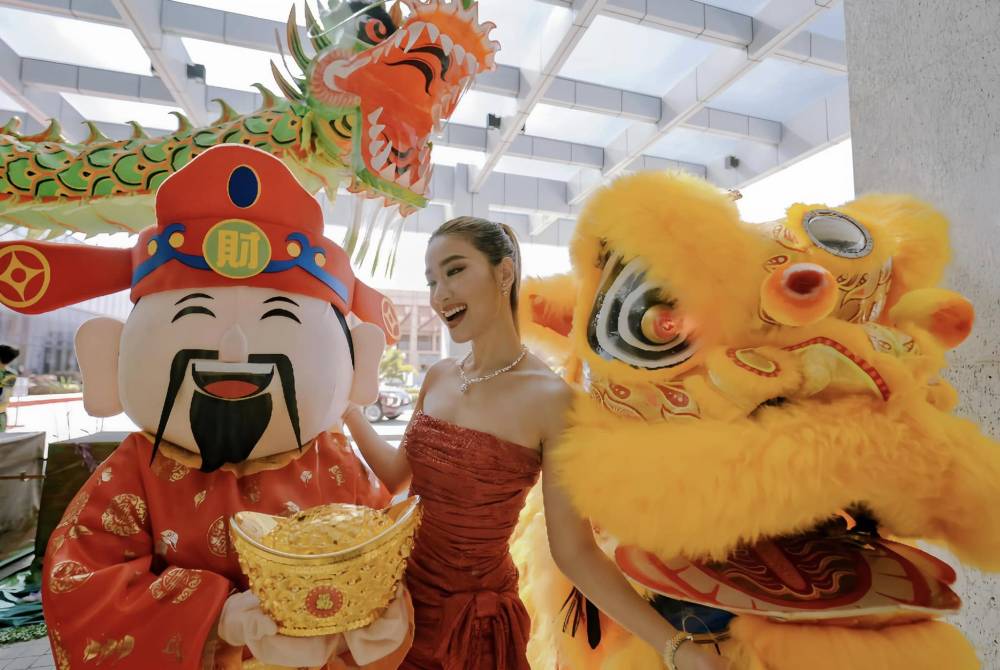
Preparing fruits, sweets, and round sticky treats for the CNY table is the bare minimum! Of course, wearing red and new outfits is also a way to symbolize ushering in more newness, as we welcome a fresh year and season.
We always make sure to catch a lion and dragon dance, and watch it with the whole family. Just being together, dining together and sharing core memories makes every CNY special.
Shanghai Saloon is always at the top of our list when it comes to Chinese restaurants. Some of the must-tries there are oyster popcorn, Peking duck, dimsum, salted egg grouper, spinach beancurd roll, and hot sesame buchi.
Last year was quite memorable since it was the first time we got to spend it with our newest family member, my nephew, and my mom’s first grandchild, baby Kayden! —Janeena Chan, TV and events host
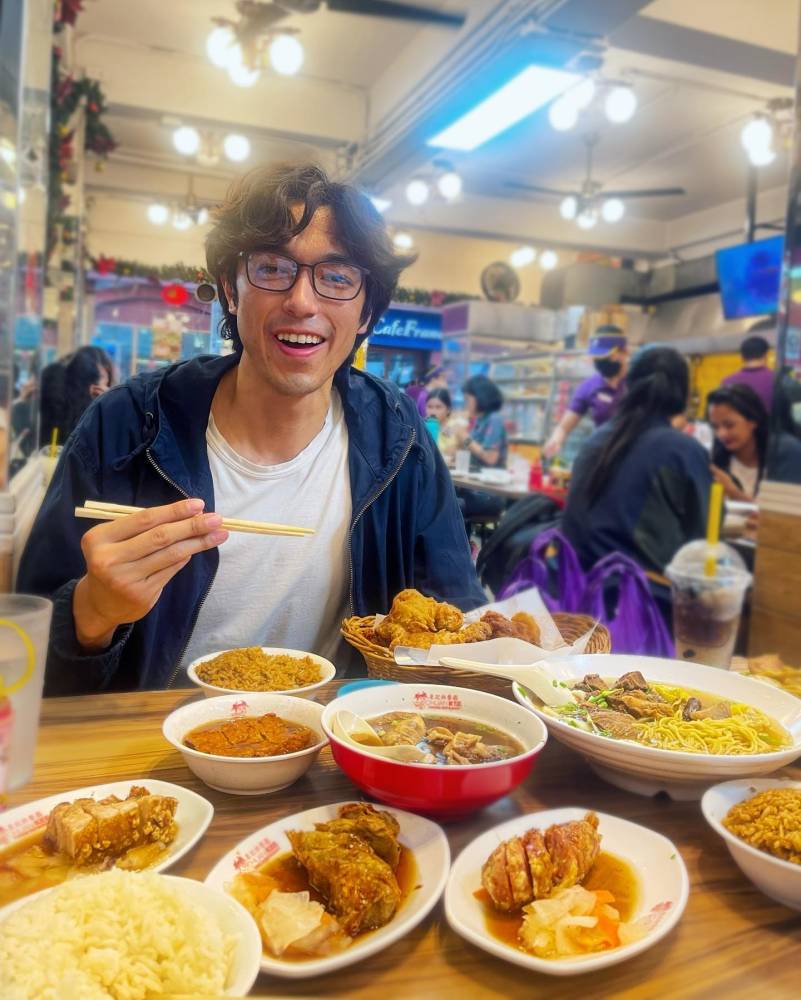
We have tikoy and machang together after burning incense around the house. The stickiness of both food items represents the bond between family.
Siomai and dumplings are my comfort food. They’re great, whether I’m on the go or relaxing at home.
My recommendation is Chuan Kee turo-turo. The best meals there are pork maki, Tsinoy fried chicken, and kiampong. It’s best to go there early because they don’t accept reservations and the lines can get long on most days.
Putting a red envelope or hongbao filled with any amount of money in your wallet is said to bring good fortune wherever you go. —David Chua, actor and TV director

We always order noodles for CNY because they signify long life, hence good health.
For restaurants, I would recommend either Choi Garden or Gloria Maris. We usually order the prosperity noodles. Some sources may contend that this is a Singaporean dish, but it was actually reinvented from old Southern Chinese royal cuisine, called kuai by a Malaysian-Cantonese chef in the 1940s. It’s a must-have entrée for a Lunar New Year feast.
Traditional yusheng (raw fish salad) calls for raw fish cut in strips and a variety of sliced vegetables, neatly arranged on a large plate. Each ingredient has its homophonic symbol: fish for abundance; lime and carrot for luck; radish for eternal youth; peanuts for golden fortune; sesame seeds for prosperity, etc. The condiments add flavor. Remember to toss everything together and shout, “Lo Hei, Lo Hei (tossing up a good fortune),” for greater heights of fortune.
We also receive or give ang paos (red packets or envelopes) to children and grandchildren for wearing red during CNY. This symbolizes good fortune, strength, and happiness to the receiver. We also make sure we spend this day with our families to strengthen the bond with one another.
During this season, it’s very important not to wear black or white as they signify death. We usually wear red or any bright colors to attract luck and prosperity in our lives. — Kathleen Dy-Go, Universal Records managing director

We are not Chinese but our family enjoys tikoy turon every Chinese New Year. You have to try the ones in SM, I really love that one. -AA Abjelina, Samsung public relations head











